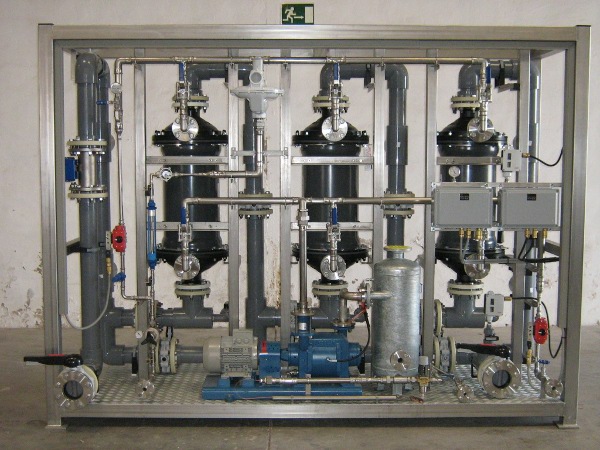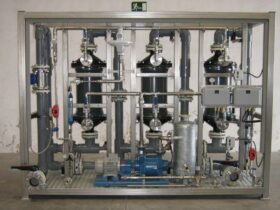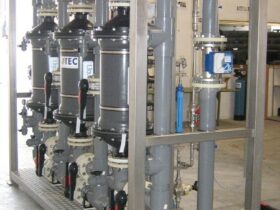This is based on membrane contactor technology. This type of membrane is hydrophobic meaning it does not let water pass through it.
Gas manages to pass through the membrane by creating a vacuum and/or using a dragging gas in part of the membrane that does not let liquid pass. Depending on the design used, it is possible to get a concentration under 10 ppb of the undesired gas.
The most commonly used processes remove oxygen (deoxygenation) or remove CO2 (decarbonation) but any gas can be removed that is chemically compatible with the membrane.
The advantage of this system revolves around the large contact surface area in a small space and obtaining liquid with very low gas content, avoiding atmospheric contamination, as opposed to typical systems that require a large space and so are likely to be contaminated, never attaining the levels of concentration achieved with membrane contactors.
This type of process is also used to dissolve a gas in water (oxygenation or carbonation) by introducing the gas under pressure through the membrane.



